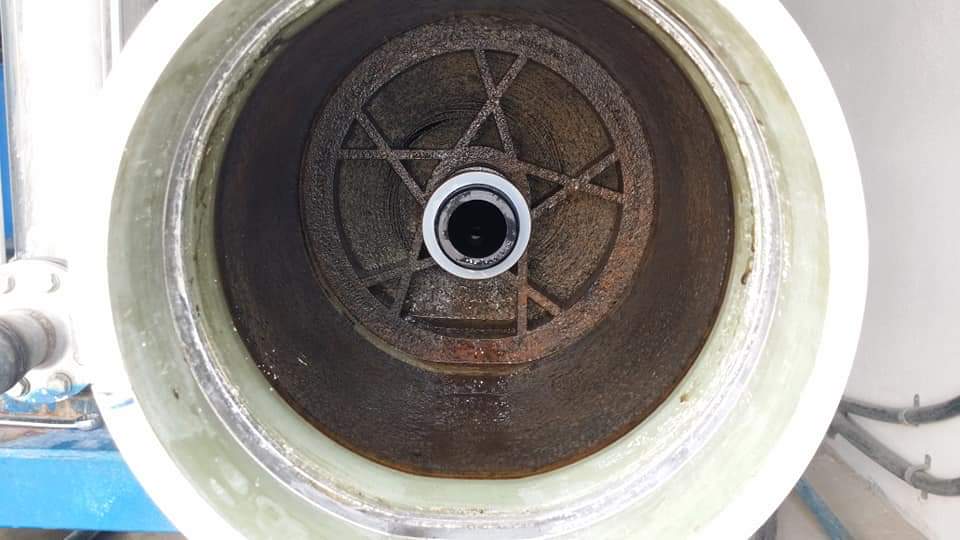
How to clean reverse osmosis (RO) membranes
If you need to Clean reverse osmosis membranes, It will depend on the effectiveness of cleaning compounds, their professional application, and the design and operation of cleaning equipment. For best results, RO membrane cleaning should be performed using high and low-pH cleaning chemicals.
Cleaning a high-pH water purifier
High pH cleaning is performed in order to remove biological or organic impurities, both of which contain carboxylic functional groups. Weak acids acquire an anionic charge at high pH, allowing them to diffuse. High-pH cleaning agents retain the calcium that binds foulants and biofilms to each other and the membrane surface. Elements such as NaOH are only moderately effective due to their inability to remove the calcium bridge.
Low pH RO water purifier cleaning
In some cases, low-pH cleaning may be the better option before high-pH cleaning. However, organic contaminants can lose their ionic charge if low pH cleanup is performed first and can be pressed into the membrane. To find out which option is best for your system, Water Care can evaluate your system, including performing a waste analysis.
Perform RO membrane cleaning in stages
Membrane cleaning results are best achieved if each stage is cleaned separately. This will allow for maximum flow speed while cleaning. If both stages of a 2:1 matrix system are cleaned simultaneously, each pressure vessel in the second stage will have twice the flow velocity as the first stage. This, in turn, will cause the second-stage membrane to become smaller if the first-stage elements are cleaned at the optimum flow speed. Alternatively, by limiting the flow speed to the second stage, the first-stage membranes will not receive sufficient surface cleaning.
Step-by-step cleaning of RO membranes by chemical cleaning
The following general chemical cleaning procedure can be followed from installation, however, to determine the optimal cleaning procedure for your RO system, contact us
- Check the cleaning tank, hoses, and cartridge filters. Clean the tank and clean the hoses if necessary. Install new cartridge filters.
- Fill the cleaning tank with RO or DI water. Turn on the agitator or tank recirculation pump.
- Slowly add (your chosen RO cleaning product) to the cleaning tank based on the total CIP volume and desired product strength and let it mix well.
- Check the resulting water temperature. If the solution temperature is below the recommended level, adjust the heating control to provide the optimum temperature.
- Check the pH of the resulting water. pH should be <12 or as recommended by the membrane manufacturer. If the pH is too low, adjust the pH higher using sodium hydroxide (NaOH) or another chemical as recommended by the membrane manufacturer. If the pH is too high, adjust with hydrochloric acid (H₂O: HCl).
- Cycle the solution through one stage at a time in the direction of feed flow for 30 minutes. Circulate at the flow rate recommended by the membrane or system manufacturer. The pressure should be low enough so that minimal permeation is produced during cleaning, but always less than 60 psi [4.2 kg/cm²].
- In cases of severe contamination, the first reflux (up to 15% of the cleaning tank volume) is diverted to the drain to prevent re-sedimentation of the removed solids. For best results, each stage should be cleaned individually in a multi-stage system.
- If the cleaning solution in the first stage becomes cloudy or discolored, empty the tank and prepare a new cleaning solution before continuing. If the pH or temperature of the resulting water moves outside the recommended range, a unique cleaning solution must be prepared for each stage.
- Rinse with RO permeate before returning the system to service.
- When returning the unit to service, turn the product water to drain so that any remaining cleaning solution is rinsed from the system.

























